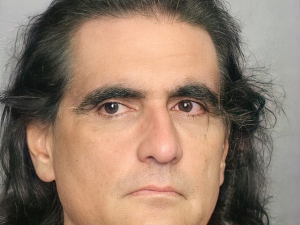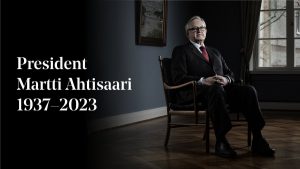On Monday, the Nobel Prize in Economics was awarded to Ben S. Bernanke, Douglas W. Diamond, and Philip H. Dybvig at the Royal Swedish Academy of Sciences in Stockholm. The Nobel committee announced the award to scientists based in the United States “for research on banks and financial crises.”
Also Read| Ben S. Bernanke, Douglas W. Diamond and Philip H. Dybvig win Nobel Prize 2022 in economic sciences
Who is Philip H. Dybvig?
Born on May 22, 1955, Philip H. Dybvig is an economist from the United States. Dybvig grew up in Dayton, Ohio. He obtained a Bachelor’s Degree in Mathematics and Physics from Indiana University.
Dybvig’s areas of expertise include asset pricing, investments, and corporate governance.
Dybvig is the Boatmen’s Bancshares Professor of Banking and Finance at Washington University in St. Louis’ Olin Business School. He previously held the positions of professor at Yale University and assistant professor at Princeton University.
Also Read| Who is Douglas W. Diamond?
Dybvig served as president of the Western Finance Association from 2002 to 2003 and has been an editor or associate editor for a number of journals, including the Review of Financial Studies, Journal of Economic Theory, Finance and Stochastics, Journal of Finance, Journal of Financial Intermediation, Journal of Financial and Quantitative Analysis, and the Review of Financial Studies.
Dybvig is best known for co-developing the Diamond-Dybvig model of bank runs with Douglas Diamond. It is still widely used by academics and regulators today, and it is one of the most cited papers in the Finance and Economics literature. Many prominent economists have stated that this is the paper to read when trying to understand financial crises.
Also Read| Who is Ben S Bernanke?
His work with Bill Marshall on pricing long bonds won a Graham and Dodd scroll for excellence in financial writing, and his research on asset allocation and spending guidelines for educational endowments won the first Commonfund Prize for “original research with strong potential to influence practise.” More than 30 of Dybvig’s papers in prestigious scholarly magazines.







